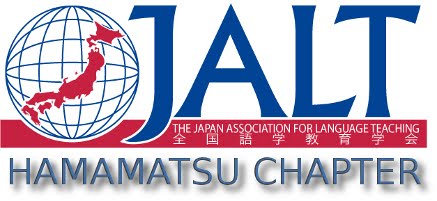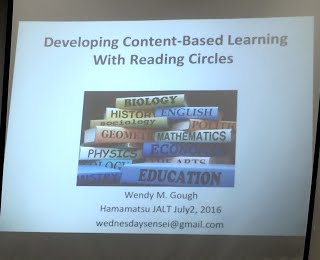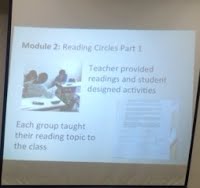In the Reading Circles that she has successfully implemented in her course, students self-selected topics that they would teach to other groups. In order to find the correct level for the group, Gough had the students evaluate the difficulty level of various graded readers. Once consensus was reached, students had to find suitable articles at the agreed upon level. In a group, all students read the same articles. Each student was later responsible for assuming a certain role: comprehension check, vocabulary testing, discussion leader, making activities. In effect, the teacher's workload is reduced as students become responsible for their own tasks. It is roughly equivalent to students making and examining a unit in a reading textbook. Interestingly, Gough reported, students enjoyed coming up with devilishly difficult questions in order to try to stump their classmates. In spite of the brief discussion of ER above, the reading done by students was intensive reading. But before letting students be responsible for their own learning, Gough led the first module so that students would have a solid idea as to how to proceed. However, students still selected the topics that they wanted to study. This module lasted for a number of weeks. Gough reported that students were satisfied with the course and felt that indeed they had improved in the areas specified at the outset of the course. The presentation showed that from start to finish, the course was laid out in a clear, logical fashion. |
Meeting Minutes > 2016 Meeting Minutes >


